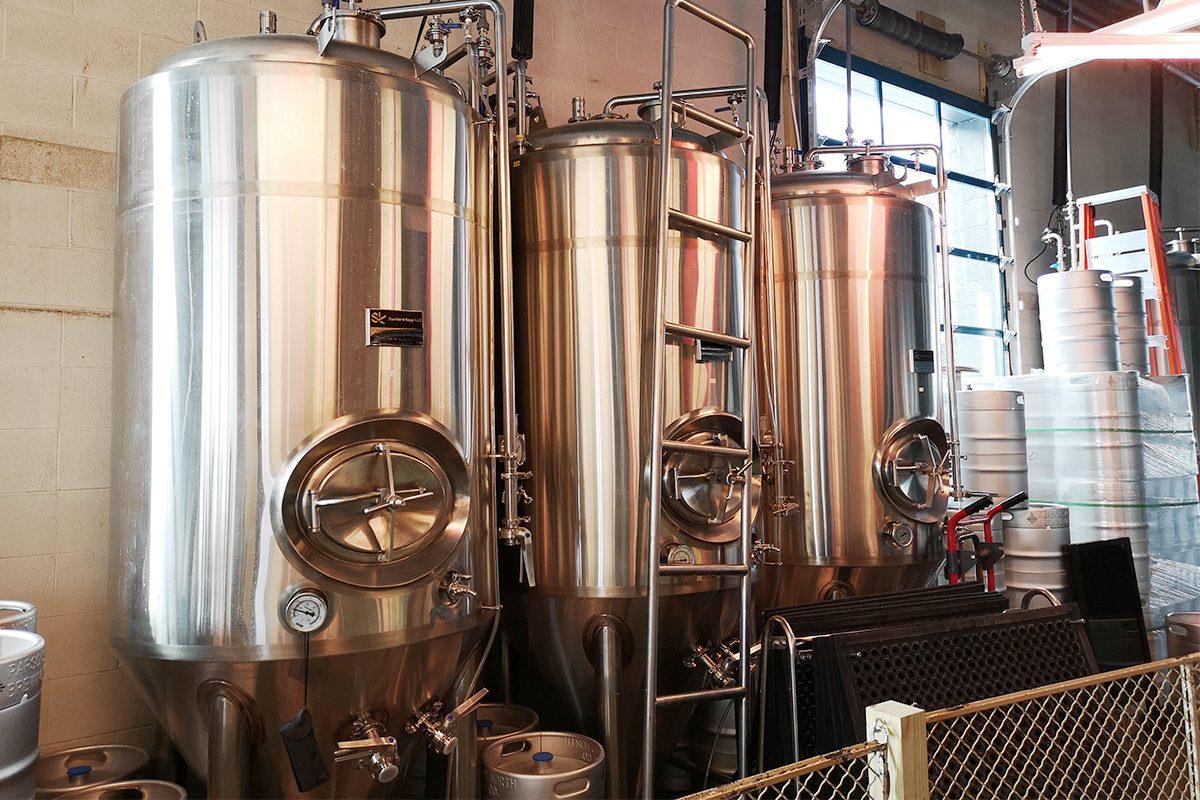
Common Challenges in Cleaning Fermentation Tanks
Cleaning fermentation tanks is crucial to maintaining product quality and operational efficiency in breweries. These tanks play a vital role in transforming wort into beer, and any contamination or residue left behind can directly affect the final product’s flavor, aroma, and safety. However, cleaning these vessels is not without challenges. Breweries must deal with stubborn residues like yeast deposits, protein buildup, beer stones, and biofilms, which can be difficult to remove. Additionally, limited access to the interior of tanks, time constraints, chemical safety, and environmental concerns make the process even more complex. Improper cleaning can lead to microbial contamination, equipment damage, and potential regulatory issues. To address these challenges, breweries need to adopt effective cleaning protocols, appropriate chemicals, advanced cleaning technologies, and regular maintenance routines. This article explores the common obstacles encountered when cleaning fermentation tanks and provides insights into best practices to ensure optimal hygiene and consistent product quality.
Complete Guide
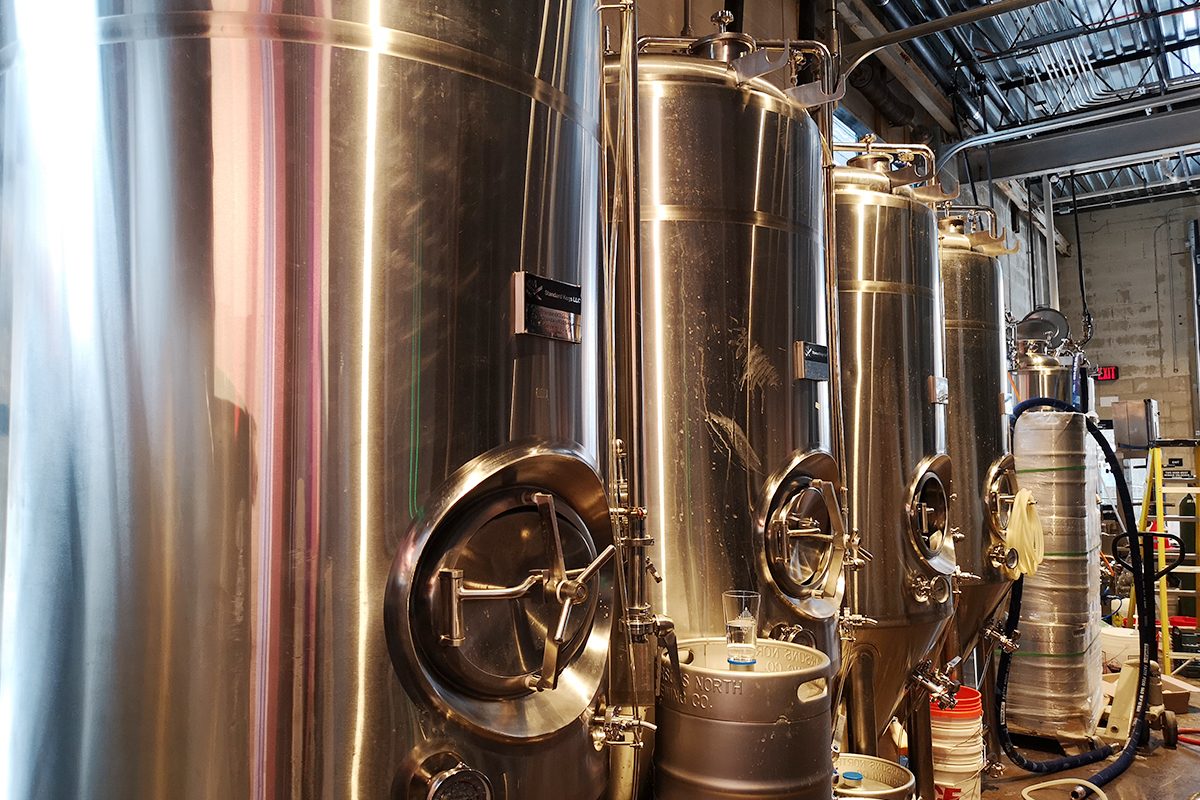
The Importance of Cleaning Fermentation Tanks
Maintaining the cleanliness of fermentation tanks is essential for breweries to ensure the quality, consistency, and safety of their beer. Since fermentation is a critical stage where yeast converts sugars into alcohol, any contamination or residue left in the tank can lead to spoilage, off-flavors, or even health hazards. Unclean tanks create an ideal environment for unwanted microorganisms such as bacteria and wild yeasts, which can outcompete the intended yeast strains, introducing undesirable aromas and tastes.
Proper cleaning not only preserves product quality but also protects the integrity of the brewing equipment. Accumulations of beer stone (calcium oxalate) and organic residues can damage stainless steel surfaces over time, reducing the lifespan of tanks and fittings. Additionally, the buildup of deposits can impede temperature control by insulating the tank walls, which disrupts fermentation efficiency and precision.
Strict sanitation practices are also critical for regulatory compliance. Local and international health and safety standards require breweries to maintain sanitary equipment to prevent contamination. Neglecting tank cleaning can result in costly recalls, fines, and damage to a brewery’s reputation.
In high-volume production environments, efficient cleaning practices help reduce downtime, enabling faster turnaround between batches. Proper tank sanitation ensures the brewery can operate smoothly while producing beer that meets customer expectations. Through effective cleaning strategies, breweries can safeguard their investment in equipment, protect product quality, and maintain a reputation for brewing excellence.
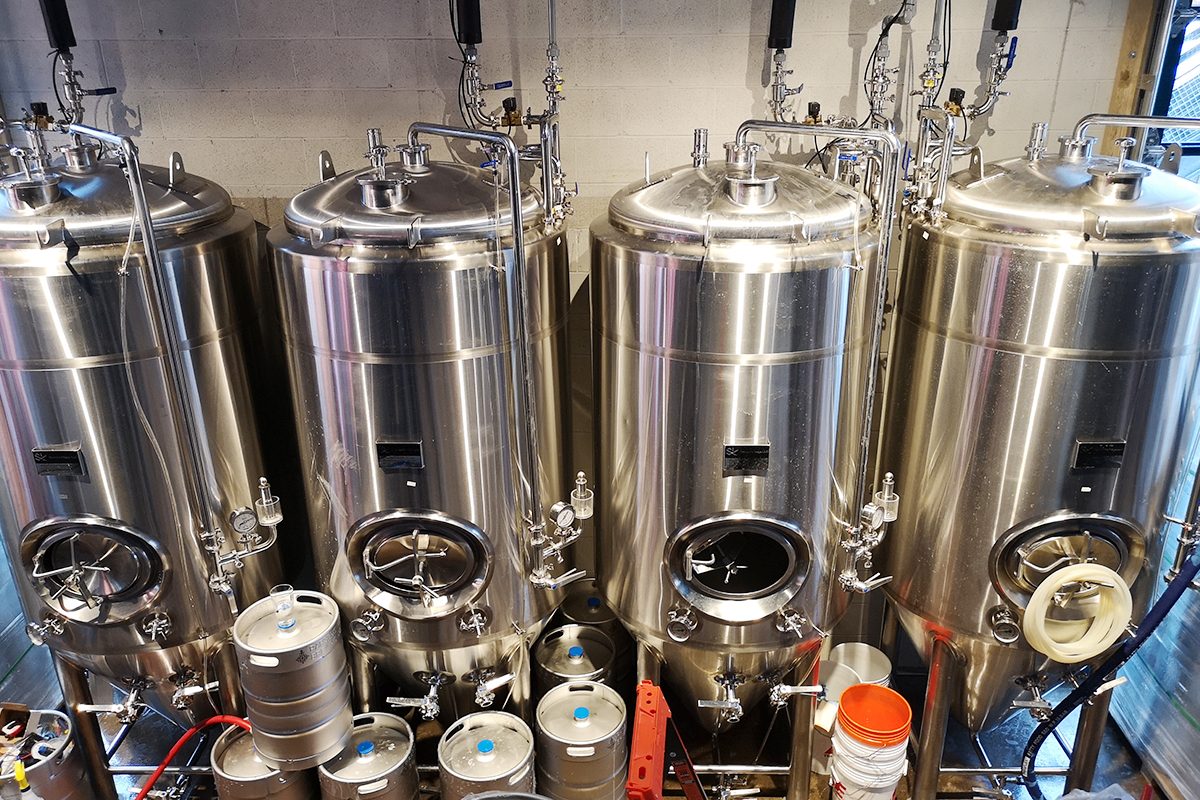
Types of Contaminants in Fermentation Tanks
Fermentation tanks are susceptible to various contaminants that can affect both the brewing process and the quality of the final product. Effective cleaning is essential to remove these contaminants and maintain optimal brewing conditions. Below are the primary types of residues and buildup commonly encountered in fermentation tanks:
Yeast Residues
Yeast plays a central role in fermentation by converting sugars into alcohol and carbon dioxide. However, once fermentation is complete, yeast cells settle at the bottom of the tank or adhere to its walls. Over time, dead yeast cells can break down (a process known as autolysis), releasing unpleasant sulfur-like odors and off-flavors. This residue is often sticky and requires targeted cleaning to ensure it does not impact the quality of future batches.
Beer Stone (Calcium Oxalate)
Beer stone is a hard, chalky deposit that forms when calcium and oxalate, naturally present in water and wort, precipitate out of the liquid and bind to the interior surfaces of the tank. If not properly removed, beer stone not only affects the flavor of the beer but also provides a breeding ground for bacteria and other microorganisms. Acid-based cleaners are often required to break down these deposits, as traditional cleaning agents are ineffective against this stubborn residue.
Microbial Contamination
Even in sanitized environments, fermentation tanks are vulnerable to microbial contamination from bacteria and wild yeast strains. Contaminants such as Lactobacillus, Pediococcus, and unwanted wild yeasts can outcompete the brewer’s yeast, producing undesirable flavors, sourness, and cloudiness in the beer. Microbial contamination can occur from improper cleaning, cross-contamination, or inadequate sanitation of tank fittings and valves.
Biofilms
Biofilms are complex communities of microorganisms, such as bacteria, embedded within a protective matrix that adheres to the interior surfaces of tanks. Once established, biofilms are notoriously difficult to remove, as they are resistant to many standard cleaning agents. Biofilms not only harbor harmful microbes but can also lead to corrosion of tank surfaces, compromising both product safety and equipment integrity. Their removal requires specialized enzymatic cleaners or aggressive chemical treatments.
These contaminants pose significant challenges for breweries, and each type requires specific cleaning strategies. Consistent removal of yeast residues, beer stones, microbial contamination, and biofilms ensures that breweries maintain product quality and comply with health and safety regulations.
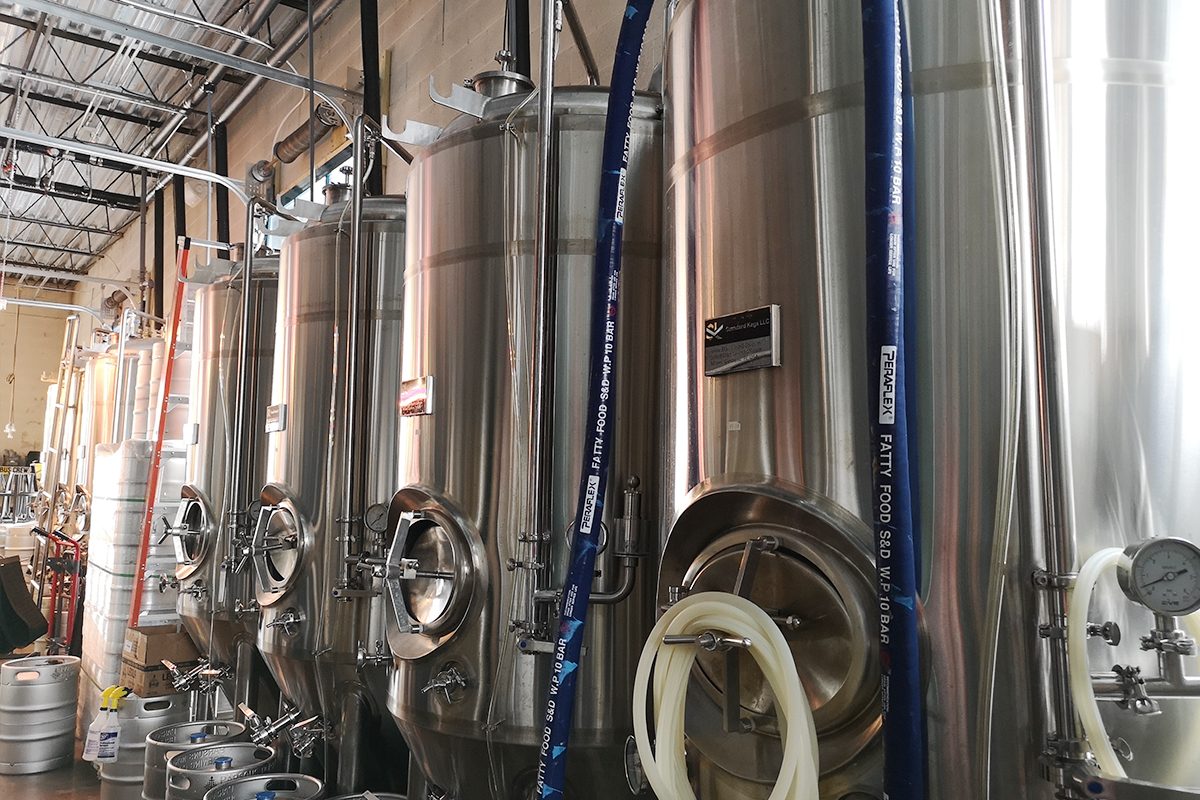
Common Challenges in Cleaning Fermentation Tanks
Cleaning fermentation tanks involves various challenges that breweries must address to ensure product quality, hygiene, and operational efficiency. Below are the most common challenges, along with practical solutions:
Biofilm Formation
Problem
Biofilms form when microorganisms, such as bacteria and yeast, adhere to tank surfaces and produce a protective matrix. These biofilms are highly resistant to standard cleaning chemicals and can harbor contaminants that spoil future batches. Once established, they are difficult to remove with conventional cleaning methods.
Solution
To combat biofilm formation, breweries should incorporate enzymatic cleaners or alkaline detergents designed to break down the biofilm matrix. Regular cleaning schedules, combined with periodic deep cleaning, can prevent biofilms from forming. Monitoring systems, such as ATP testing, can help detect early-stage biofilms before they become a major issue.
Residual Yeast and Bacteria
Problem
After fermentation, yeast residues, and bacteria can remain on tank walls, valves, and fittings. These residues, if not properly removed, can lead to contamination, off-flavors, and spoilage in subsequent batches.
Solution
Effective cleaning protocols that include an initial rinse, an alkaline wash to remove organic material, and a sanitization step with acid-based cleaners can help eliminate residual microorganisms. Training staff on proper cleaning techniques and regularly inspecting critical components, such as valves and gaskets, can further reduce contamination risks.
Scale and Mineral Deposits
Problem
Mineral deposits, including beer stone (calcium oxalate), accumulate over time from brewing water and wort residues. These deposits can harbor microorganisms and interfere with heat exchange, compromising fermentation temperature control.
Solution
Regular acid-based cleaning with specialized descaling agents can effectively remove beer stone and other mineral deposits. Breweries should also use water filtration systems to minimize mineral content in brewing water, reducing the potential for future buildup.
Dead Corners and Hard-to-Reach Areas
Problem
Fermentation tanks often have areas that are difficult to clean, such as corners, welds, fittings, and valves. These areas can trap residues and become breeding grounds for bacteria and yeast, leading to contamination.
Solution
Using CIP systems with spray balls or rotating nozzles ensures that cleaning solutions reach all interior surfaces. Regular inspections and manual cleaning of critical areas, like valves and dead zones, can further reduce the risk of residue buildup.
Equipment Damage Due to Improper Cleaning Agents
Problem
Incompatible or overly aggressive cleaning agents can corrode tank surfaces and damage seals, gaskets, and fittings. This damage can lead to contamination and expensive repairs, compromising the longevity of the equipment.
Solution
Breweries should carefully select cleaning chemicals that are compatible with stainless steel and other tank materials. Following manufacturer guidelines for chemical concentrations and contact times helps avoid equipment damage while ensuring effective cleaning.
Cross-Contamination Risks
Problem
If cleaning is not thorough, microorganisms from previous batches can contaminate new brews, leading to off-flavors, spoilage, or product recalls. Shared equipment, such as hoses and fittings, further increases cross-contamination risks.
Solution
Strict cleaning protocols, including separate equipment for different brewing stages, can help prevent cross-contamination. Additionally, breweries can implement color-coded tools and storage systems to ensure that cleaning equipment is not mixed between different processes.
Time Constraints
Problem
Breweries often operate under tight schedules, and cleaning downtime can disrupt production. Rushing through the cleaning process increases the risk of incomplete sanitation, leading to contamination and potential product losses.
Solution
Investing in automated CIP systems can significantly reduce cleaning time without compromising thoroughness. Scheduling cleaning during off-hours and planning production cycles with downtime for cleaning also ensures that tanks are properly maintained.
Environmental and Safety Concerns
Problem
Cleaning fermentation tanks consumes large amounts of water and chemicals, contributing to environmental impact. Additionally, improper handling of cleaning agents can pose health risks to staff.
Solution
Breweries can adopt sustainable cleaning practices by using water-efficient CIP systems and eco-friendly cleaning agents. Staff training on safe chemical handling and the use of personal protective equipment (PPE) further ensures a safe working environment.
Inadequate CIP (Cleaning-in-Place) Systems
Problem
Poorly designed or outdated CIP systems can leave parts of the tank uncleaned, leading to hidden residues and contamination. Inconsistent chemical dosing or flow rates can also reduce cleaning efficiency.
Solution
Upgrading to advanced CIP systems with programmable settings ensures consistent cleaning performance. Regular maintenance and validation of the CIP system are necessary to identify and resolve any performance issues before they affect product quality.
Cost Considerations
Problem
The cleaning process involves expenses for chemicals, water, energy, and labor, which can significantly impact a brewery’s operational budget. Additionally, tank downtime for cleaning reduces production capacity.
Solution
Using automated systems and sustainable cleaning practices, such as water recycling and eco-friendly chemicals, can reduce long-term costs. Breweries should also monitor cleaning efficiency to optimize chemical usage and minimize unnecessary expenses.
By addressing these challenges proactively, breweries can maintain the cleanliness of their fermentation tanks, protect product quality, and ensure smooth operations. Implementing the right tools, training, and systems helps breweries overcome these common cleaning obstacles while balancing efficiency, safety, and sustainability.
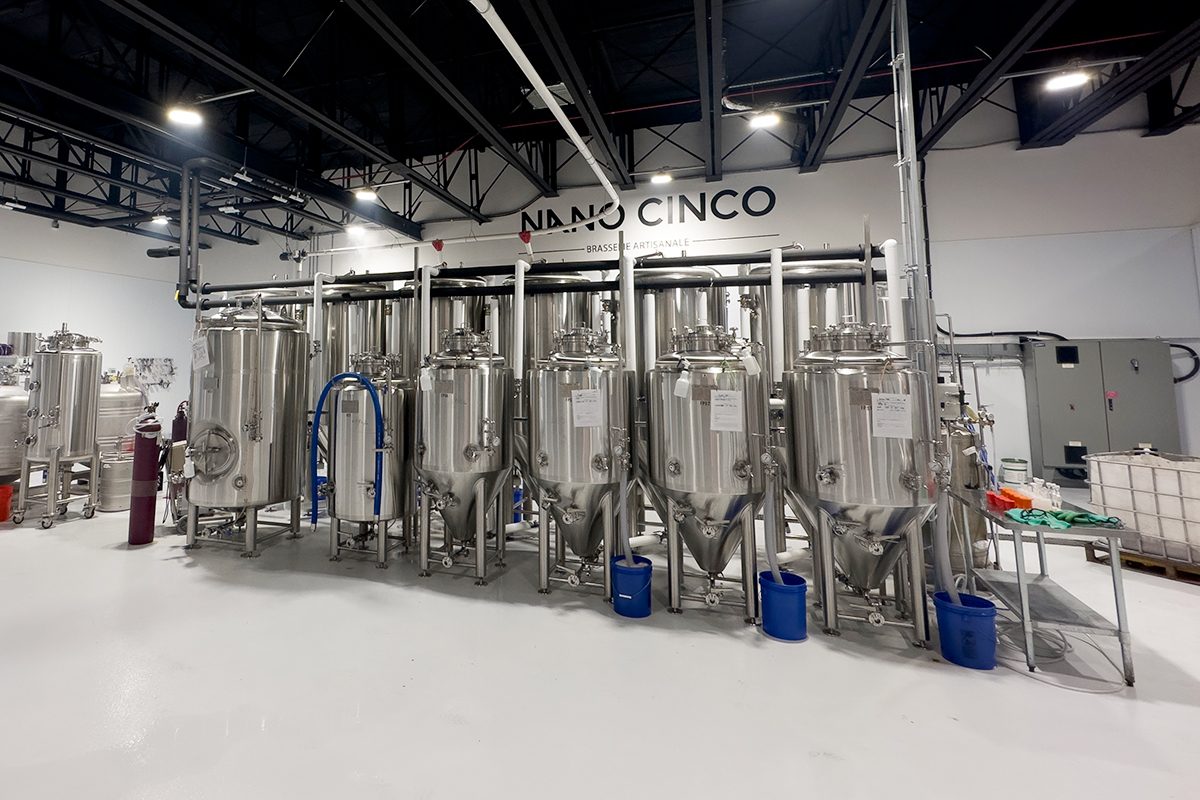
Best Practices for Overcoming Challenges
Implementing best practices is essential to effectively tackle the challenges of cleaning fermentation tanks. Below are key strategies that breweries can adopt to maintain high standards of hygiene and ensure smooth operations:
Implementing Effective CIP Systems
Automating the cleaning process through Cleaning-in-Place (CIP) systems ensures consistent and thorough cleaning, especially in hard-to-reach areas.
Best Practice:
- Use advanced CIP systems with rotating spray balls or jets to ensure all surfaces are cleaned effectively.
- Monitor key parameters like temperature, flow rate, and chemical concentration to validate CIP performance.
- Program CIP cycles to optimize chemical usage and cleaning time without compromising results.
- Perform regular maintenance on CIP systems to prevent malfunctions and ensure peak performance.
Choosing the Right Cleaning Agents
The selection of cleaning agents must balance effectiveness with equipment safety to prevent damage to fermentation tanks and fittings.
Best Practice:
- Use alkaline cleaners for organic residues and acidic cleaners for mineral deposits like beer stone.
- Rotate cleaning agents periodically to prevent biofilm formation and reduce microbial resistance.
- Follow equipment manufacturer recommendations to avoid corrosion or material degradation.
- Opt for eco-friendly cleaning solutions to reduce environmental impact.
Training and Standard Operating Procedures (SOPs)
A well-trained team and clear SOPs are essential to ensure cleaning procedures are executed correctly and consistently.
Best Practice:
- Provide regular training to staff on cleaning protocols, chemical handling, and safety practices.
- Develop detailed SOPs that outline cleaning steps, chemical concentrations, contact times, and safety measures.
- Conduct routine audits to ensure compliance with cleaning procedures and identify areas for improvement.
- Encourage staff to report issues or suggest improvements to enhance cleaning practices.
Regular Maintenance and Inspection
Proactive maintenance and inspection help prevent equipment failure, reduce contamination risks, and extend the lifespan of fermentation tanks.
Best Practice:
- Schedule routine inspections of fermentation tanks, gaskets, valves, and CIP systems to detect wear and tear.
- Replace damaged seals, gaskets, and fittings promptly to maintain airtight seals and prevent microbial contamination.
- Perform preventive maintenance on CIP systems and cleaning equipment to avoid breakdowns during operations.
- Maintain logs to track cleaning cycles and maintenance activities for future reference and audits.
Design Considerations
The design of fermentation tanks can significantly impact cleaning efficiency and ease of maintenance.
Best Practice:
- Opt for tanks with smooth interior surfaces to minimize residue buildup and facilitate cleaning.
- Ensure tanks are designed with minimal dead corners and sloped bottoms for effective drainage.
- Use hygienic fittings, such as tri-clamp connections, to reduce contamination risks.
- Collaborate with equipment providers like ZYB Craft to customize tanks for optimal cleanability.
Resource Management
Managing resources effectively is crucial to balance operational costs, environmental impact, and cleaning efficiency.
Best Practice:
- Implement water-saving practices, such as water recycling systems, to reduce consumption.
- Optimize chemical use by calibrating CIP systems for precise dosing.
- Monitor energy consumption and invest in energy-efficient CIP systems to reduce utility costs.
- Explore eco-friendly cleaning agents and biodegradable chemicals to minimize environmental impact.
Collaborative Approach
Engaging with equipment providers, industry experts, and other breweries fosters knowledge sharing and continuous improvement.
Best Practice:
- Partner with suppliers like ZYB Craft to stay updated on the latest cleaning technologies and best practices.
- Participate in industry forums and associations to exchange insights and learn from peers.
- Collaborate with cleaning chemical providers to tailor cleaning agents to brewery-specific needs.
- Seek feedback from staff to identify challenges and opportunities for improvement in cleaning processes.
By following these best practices, breweries can overcome the challenges associated with cleaning fermentation tanks, ensuring product quality, operational efficiency, and regulatory compliance. Continuous improvement in cleaning processes helps breweries maintain their reputation for excellence and meet the evolving demands of the brewing industry.
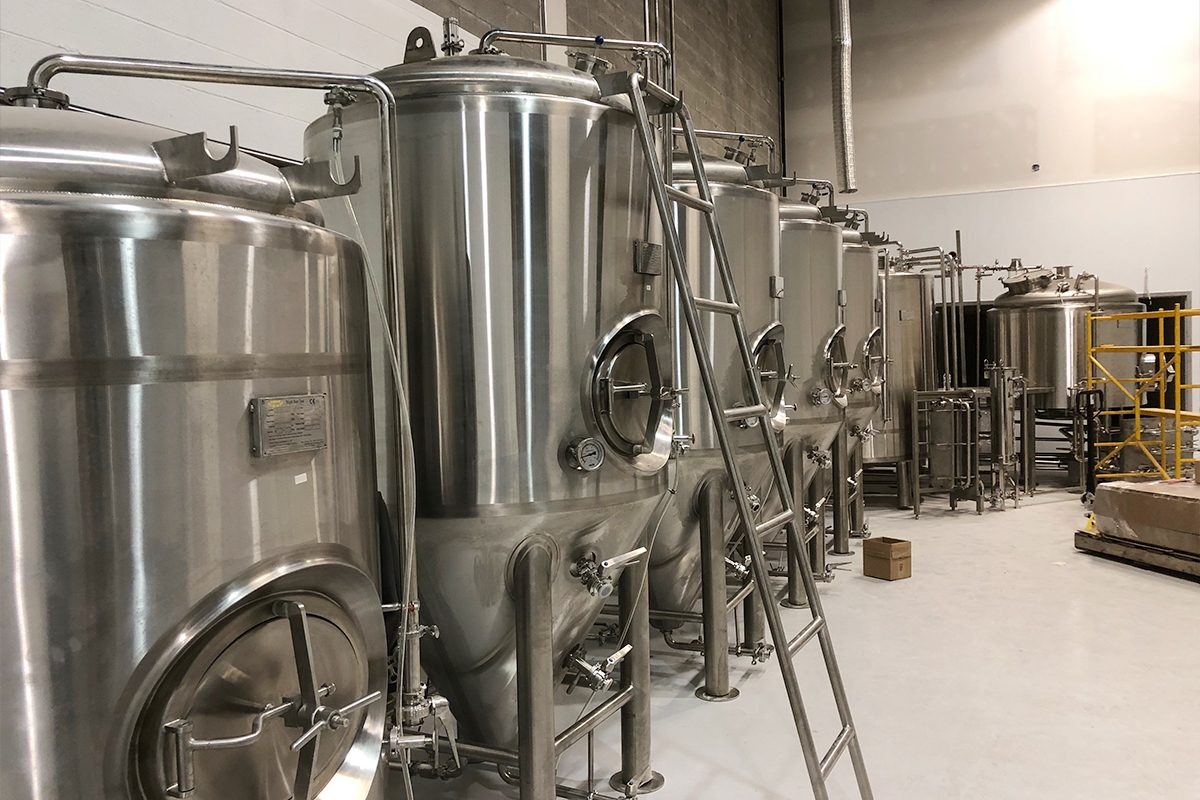
Summary
Cleaning fermentation tanks is essential for maintaining the quality, safety, and consistency of beer. However, breweries face several challenges, including biofilm formation, residual yeast and bacteria, mineral deposits like beer stone, and hard-to-reach areas within the tanks. Improper use of cleaning agents can cause equipment damage, while inadequate cleaning protocols increase the risk of cross-contamination. Time constraints, environmental considerations, and high operational costs further complicate the process. To overcome these challenges, breweries must implement advanced CIP systems, select appropriate cleaning agents, and train staff to follow detailed Standard Operating Procedures (SOPs). Regular maintenance, efficient resource management, and designing tanks for cleanability also play crucial roles in ensuring effective cleaning. By addressing these challenges strategically, breweries can optimize operations, extend equipment lifespan, reduce costs, and consistently produce high-quality beer.
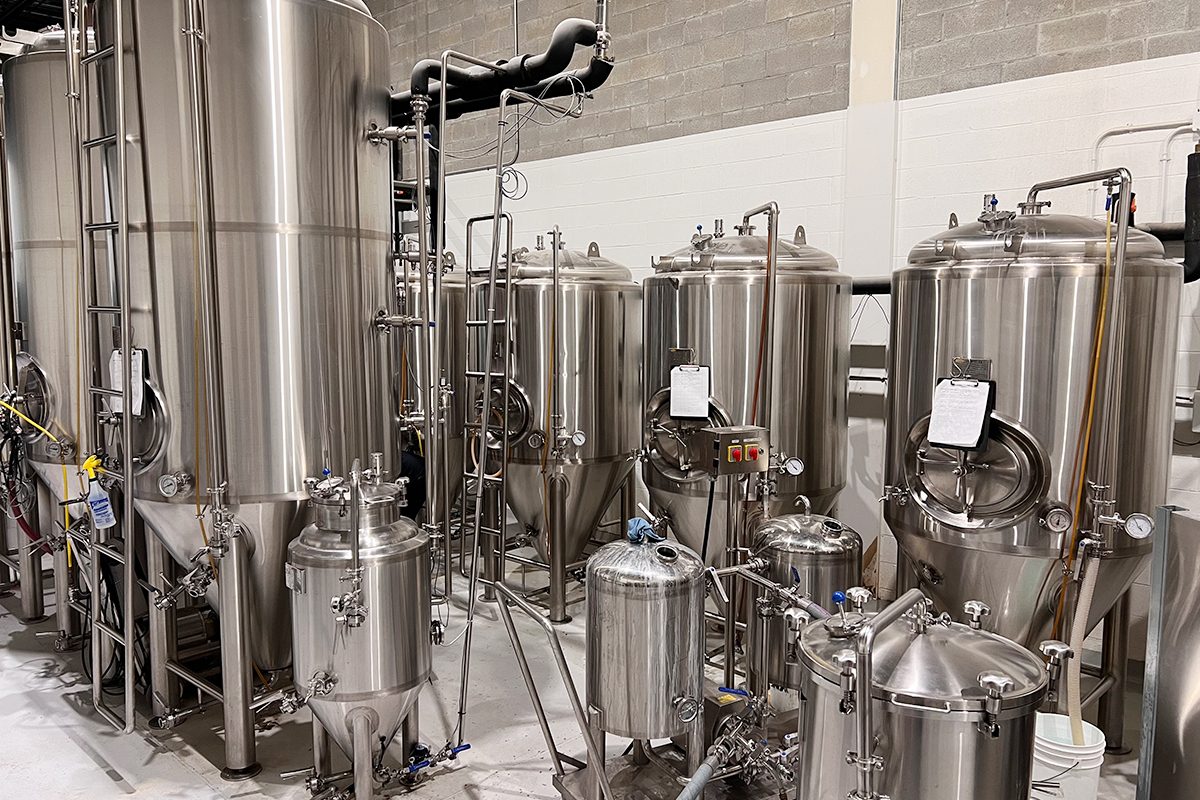
Get Turnkey Brewery Solutions
Cleaning fermentation tanks efficiently is crucial for the success of any brewery. At ZYB Craft, we understand the unique challenges that breweries face in maintaining optimal cleanliness and hygiene. As a professional brewery equipment provider, we offer complete turnkey solutions that are tailored to meet your specific needs. Our fermentation tanks are designed with cleanability in mind, featuring smooth surfaces, minimal dead corners, and efficient drainage systems to reduce residue buildup and simplify cleaning. In addition, we provide advanced Cleaning-in-Place (CIP) systems to automate the cleaning process, ensuring thorough sanitation while minimizing downtime. ZYB Craft also offers a wide range of cleaning agents, sanitizers, and accessories to keep your tanks in top condition. Our expert team provides full support—from installation and setup to ongoing maintenance and training—helping you ensure that your brewery runs smoothly and efficiently. With ZYB Craft, you can focus on brewing quality beer while we take care of your equipment needs.



